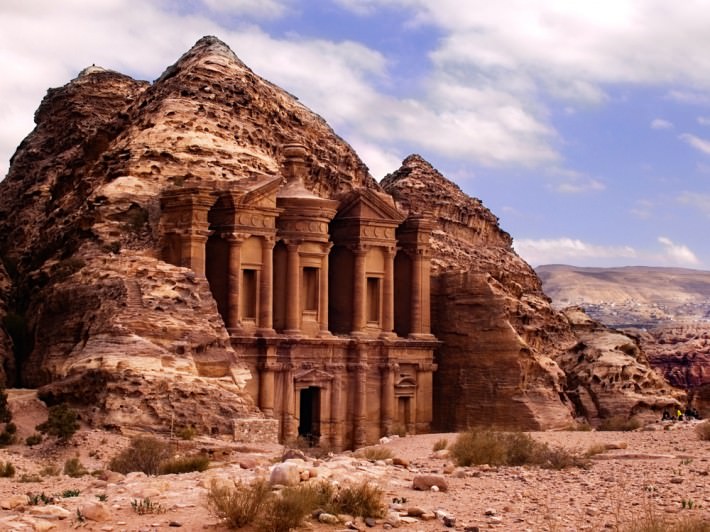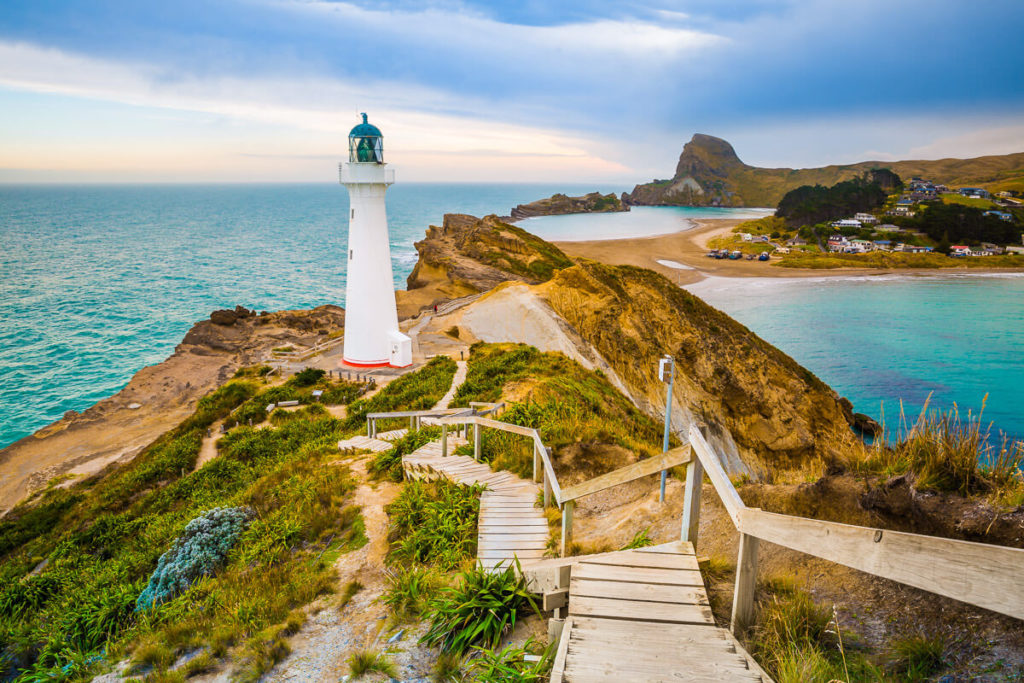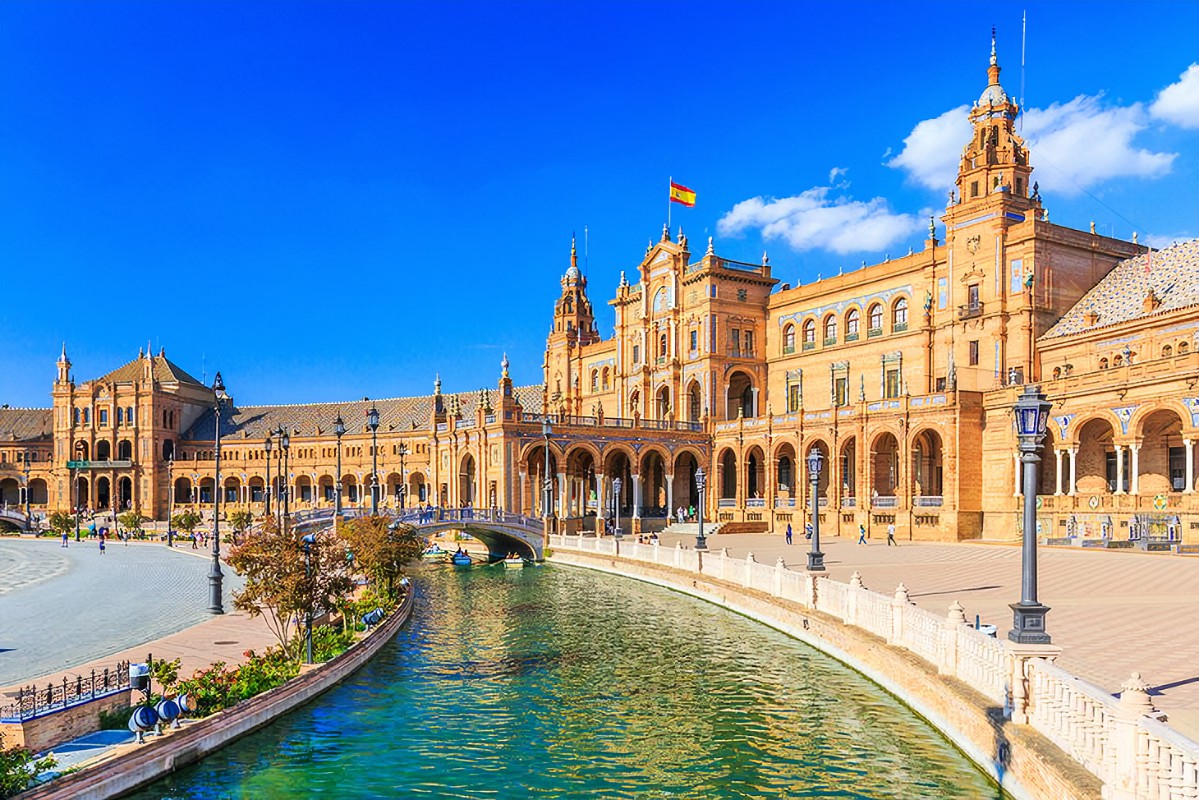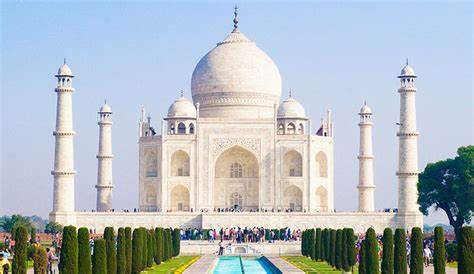Hidden within the rugged desert canyons of Jordan, Petra is an ancient city carved into the pink sandstone cliffs. Known as the “Rose-Red City” due to the color of its stone, this UNESCO World Heritage site was once the thriving capital of the Nabataean Kingdom. With its grand temples, intricate tombs, and mysterious pathways, Petra remains one of the most breathtaking archaeological wonders in the world.
Must-See Highlights:
- The Siq: The journey into Petra begins with a mesmerizing walk through the Siq, a narrow canyon flanked by towering rock walls. This dramatic entrance, stretching about 1.2 kilometers, builds anticipation as sunlight filters through the high cliffs, revealing glimpses of the treasures ahead.
- The Treasury (Al-Khazneh): Emerging from the Siq, visitors are greeted by the iconic Treasury, Petra’s most famous monument. Carved directly into the rock, this magnificent façade is believed to have been a royal tomb. At sunrise or sunset, the golden hues of the stone create an unforgettable sight.
- The Monastery (Ad-Deir): A steep climb of over 800 steps leads to this massive and equally impressive structure, larger than the Treasury. The Monastery offers fewer crowds and breathtaking views of the surrounding desert, making the hike well worth the effort.
- The Royal Tombs: These grand rock-cut tombs, including the Urn Tomb and the Silk Tomb, showcase the elaborate architecture and craftsmanship of the Nabataeans. Each tomb tells a story of wealth, power, and the mysteries of Petra’s past.
- The High Place of Sacrifice: For those seeking adventure, a hike up to this sacred site provides stunning panoramic views over Petra. It was once used for religious ceremonies, and the surrounding landscape gives a glimpse into the city’s spiritual significance.
Things to Do:
- Experience Petra by Night: On select evenings, Petra is illuminated by thousands of candles, creating a magical and mystical atmosphere. Walking through the Siq under the starlit sky to see the Treasury glowing in candlelight is an unforgettable experience.
- Ride a Camel or Donkey: Exploring Petra on foot can be exhausting, and many visitors opt for a camel or donkey ride to help navigate the vast site while enjoying a traditional desert experience.
- Visit Little Petra (Siq al-Barid): A lesser-known but equally fascinating site, Little Petra offers similar Nabataean carvings in a quieter, more intimate setting. It’s a great way to see Petra’s architectural style without the crowds.
Travel Tips:
- Best Time to Visit: Spring (March-May) and autumn (September-November) offer the most comfortable temperatures for exploring. Summer can be extremely hot, while winter nights are quite chilly.
- Getting There: Petra is about a three-hour drive from Amman, Jordan’s capital. Many visitors also come from Wadi Rum or the Dead Sea as part of a larger Jordanian adventure.
- What to Bring: Wear comfortable walking shoes, as Petra requires extensive walking and climbing. Bring a hat, sunscreen, and plenty of water to stay hydrated under the desert sun.
Petra is a city frozen in time, a place of wonder that reveals the ingenuity of an ancient civilization. Whether marveling at the Treasury, hiking up to the Monastery, or wandering through the vast ruins, a visit to Petra is a journey into history and mystery that will stay with you forever.






